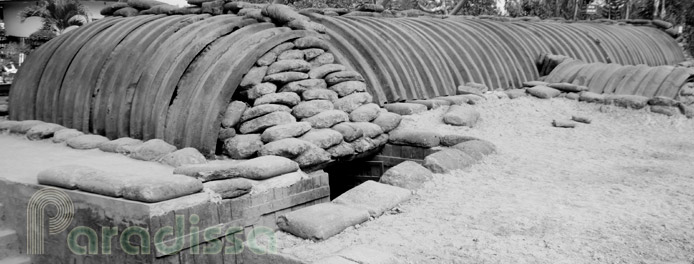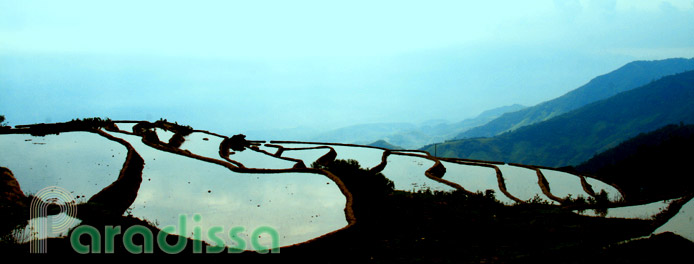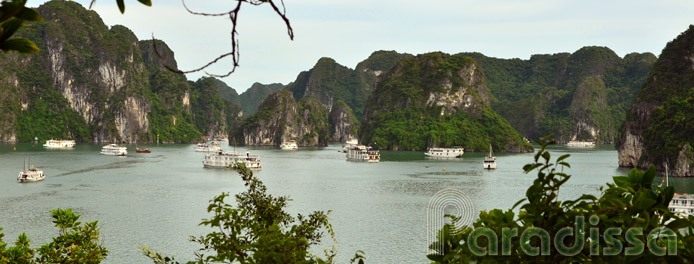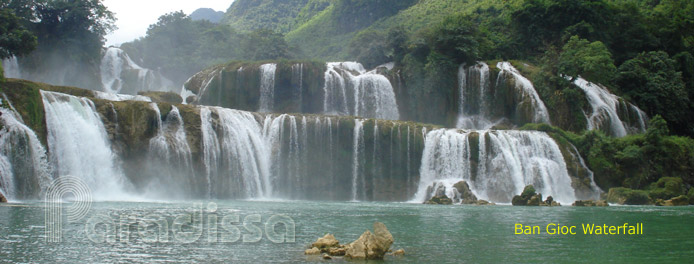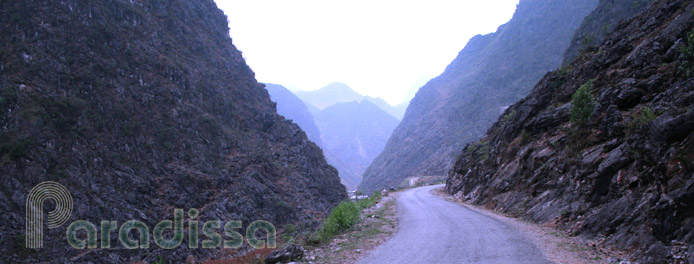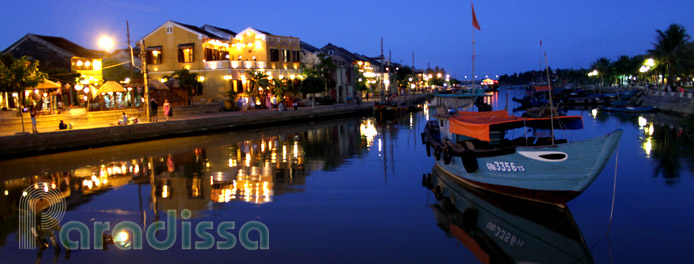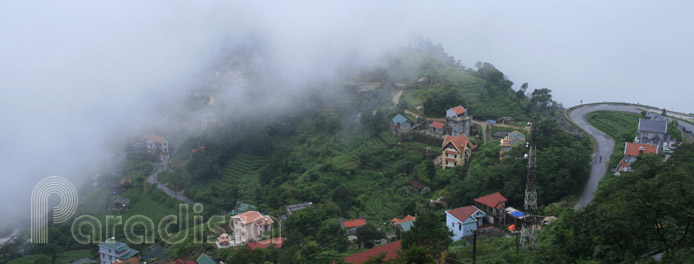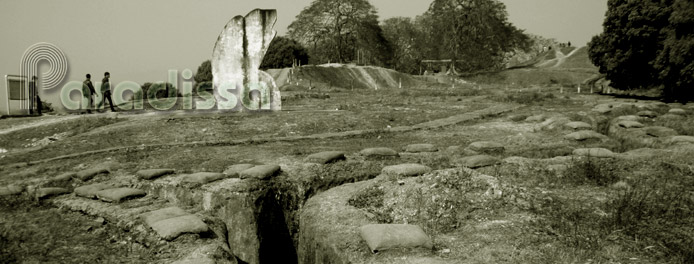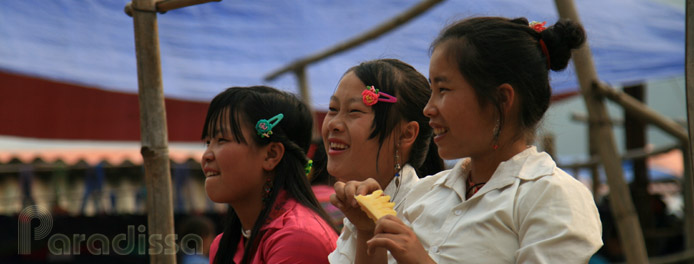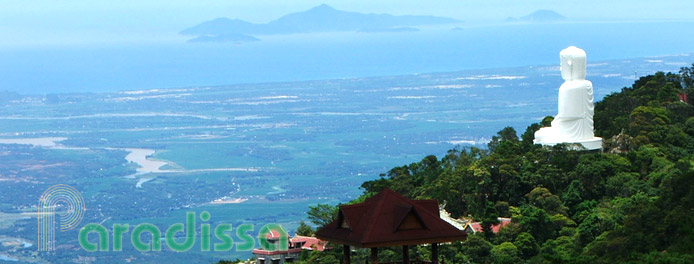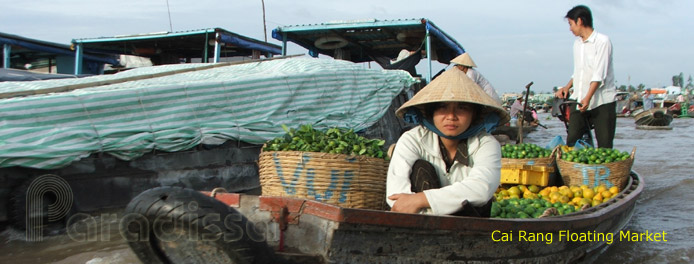Dien Bien Phu Holiday Weather today
Date/time of update: January 9, 2026, 12:33 am, Timezone: GMT+7
Few Clouds
Temperature: 11.27°C
Temperature feels like: 10.54°C
Minimum Temperature: 11.27°C
Maximum Temperature: 11.27°C
Atmospheric pressure: 1023hPa
Humidity:80%
Visibility: 10000m
Wind speed: 0.88m/sec
Wind Direction: 91 degrees
Cloudiness: 13%
Sunrise: 2026-01-08 11:47:26
Sunset: 2026-01-09 10:41:51
The French started attacking Vietnam in 1857 and managed to invade Sai Gon, southern Vietnam in 1858. From 1858 to 1865, the French marched northward and gradually invaded all of Vietnam. Along with its neighbors Laos and Cambodia, Vietnam was put into a French colony called Indochina.
Vietnam Historical Tours: The Dien Bien Phu Battle
1/ Foundation of the Independent Vietnam in 1945
In 1940, the French surrendered to the Japanese and the Japanese used French to rule Indochina. In 1945, the Japanese lost in the World War II; before the allies moved into Vietnam, Ho Chi Minh and Viet Minh (Vietnam Doc Lap Dong Minh Hoi – The League for the Independence of Vietnam) had led the Vietnamese people throughout the country to seize power, established the Vietnamese authority and proclaimed independence on September 2nd, 1945.
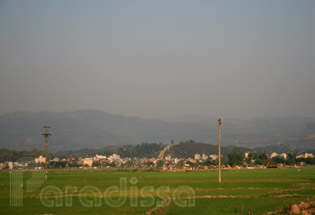
D1 Hill (Dominique 2, View from Thanh Luong: West to East of the Muong Thanh Valley)
2/ The French Return in 1946, Franco – Viet Minh War
After series of events staged by big powers, the allies troops moved out of Vietnam leaving the country to the French troops' control. From the end of 1945 through the end of 1946, French troops came into constant clashes with the Viet Minh's troops over the control areas. On the night of December 19th, 1946 Ho Chi Minh, on behalf of Viet Minh, declared war against the French after French artillery opened fire killing thousands of civilians in Hai Phong and Ha Noi: the Franco – Viet Minh War or the First Indochina War started. Viet Minh would take to the jungles in the northeast of Vietnam to conduct the war.
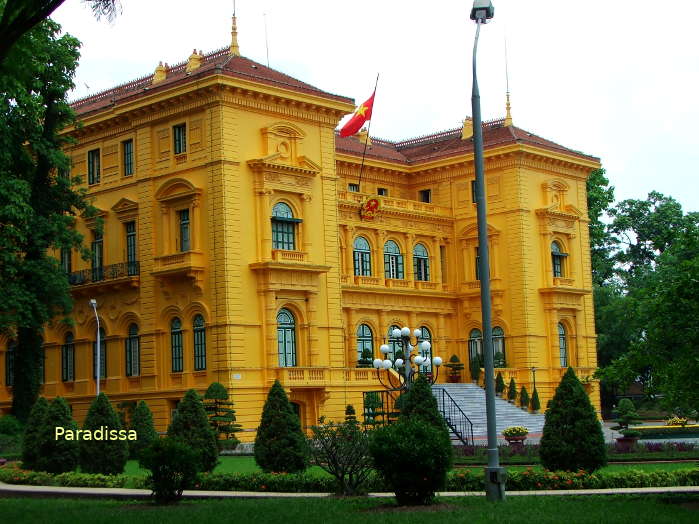
3/ French Attempts into the Viet Minh’s Liberated Zone in 1947
Vietnam Propaganda Liberation Army, later renamed the People's Army of Vietnam, was founded on December 22nd, 1944 at a jungle in the north-east of Vietnam. Vietnam Propaganda Liberation Army at its early days was capable of conducting guerrilla warfare in the mountainous regions of north-east and north-west of Vietnam only.
By 1947, Vietnam Propaganda Liberation Army had evolved step-by-step into a conventionally-organized army; and for the first time, did it defeat the French troops in the French autumn-winter military operations of 1947 which were a series of military expeditions of the French in attempts to crush down the Viet Minh' army, Viet Minh's headquarters and its liberated zone.
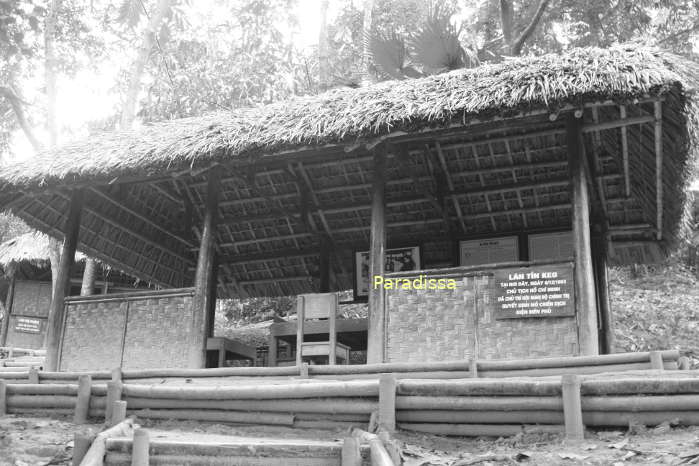
4/ Viet Minh’s Border Campaign in 1950
In 1950, through a series of Viet Minh's military operations in the border regions between Vietnam and China, Viet Minh's Army started showing its maturity and its dominant capabilities over the French troops.
From 1950 through 1952, Viet Minh took the initiative to lead the French from one military operation to another throughout the country which caused heavy casualties to the French troops and confused the French military commanders about the next movements.
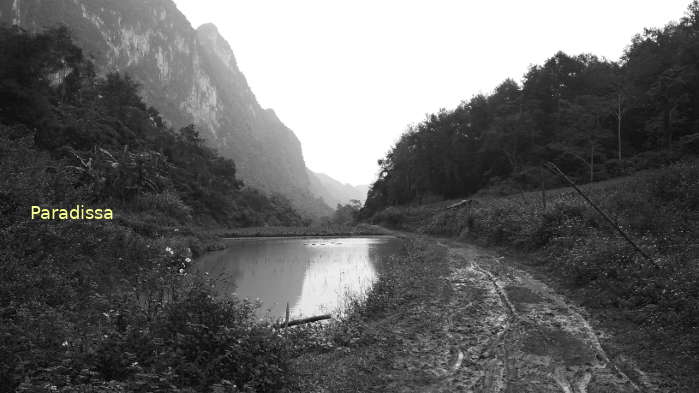
5/ Viet Minh’s Operation Hoa Binh in 1951
Operation Hoa Binh started at the end of 1951 helped Viet Minh to clear the defense line protecting the French in Ha Noi and the Red River Delta: Viet Minh would have more initiative and the French troops in the Red River Delta were more vulnerable to Viet Minh's attacks.
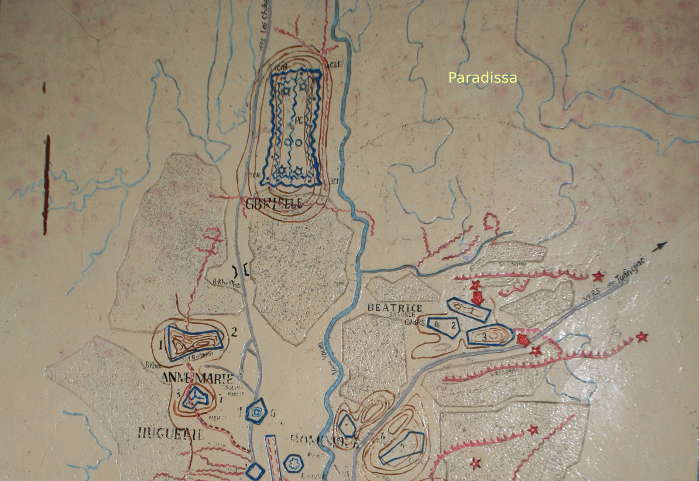
It was during Operation Hoa Binh (Hoa Binh Battle), at Pheo (6km north-west of Hoa Binh City today), the French invented the tactics to organize machine guns to co-ordinate with one another in a battle against the dominant fire power of the enemy. The Pheo Battle didn't bring victory to the French troops, but it helped the French to withdraw at minimal casualties and more importantly it helped the French to invent a fresh new military concept: The Hedgehog.
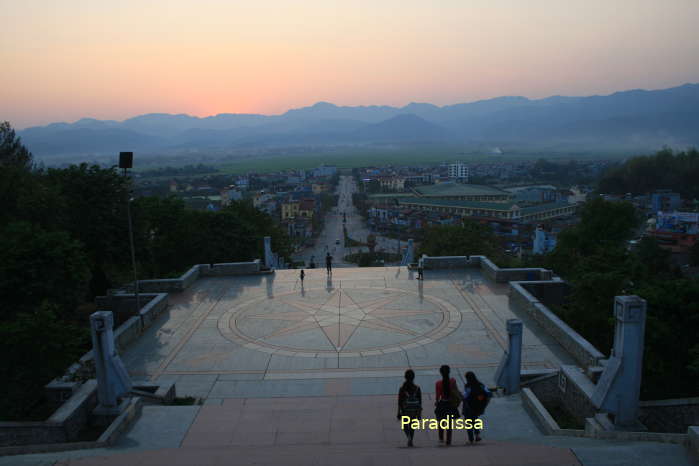
6/ French Preliminary Success with the Hedgehog at Na San
In 1953, the French developed the Hedgehog concept at Na San – Son La which brought the French some credits in the battlefields and which caused some difficulties to the Viet Minh.
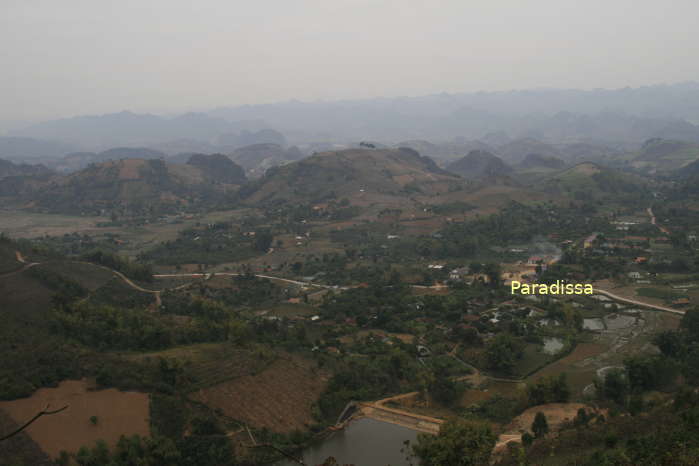
7/ Dien Bien Phu Challenge – Prelude to the Dien Bien Phu Battle
By the end of 1953 the French had been tired of and confused with the Viet Minh's movements and wanted a decisive battle. The victory at Na San brought the newly-appointed French Army Commander in Indochina, Henri Navarre, and French army leaders in Ha Noi to the plan to use hedgehog and turn Dien Bien Phu into a “grinding machine” for the Viet Minh. The challenge was made which General Giap of the Viet Minh silently accepted.
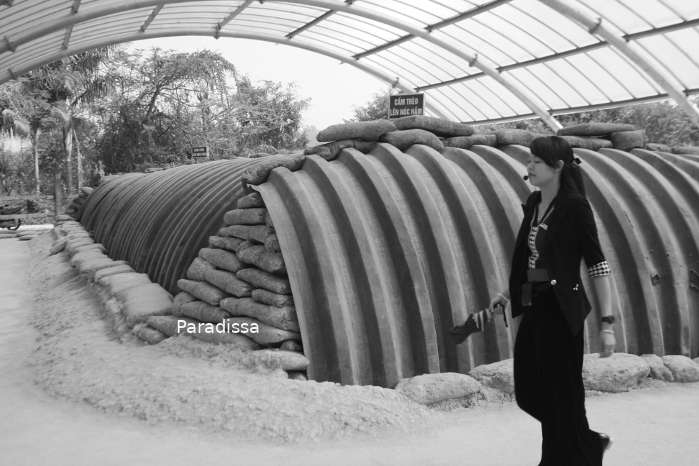
Dien Bien Phu, which is 500km from Ha Noi, is deep in the mountains and is near the border between Vietnam and Laos. The area includes deep ravines and up to over 2500m-mountains. Muong Thanh Valley of Dien Bien is the biggest valley in the northwest of Vietnam, measures at 20km from north-to-south and over 6km from east-to-west. There were no truck-able roads into the area at the time. Building Dien Bien Phu into a “grinding machine”, the French would use airplanes to drop war materiel and troops.
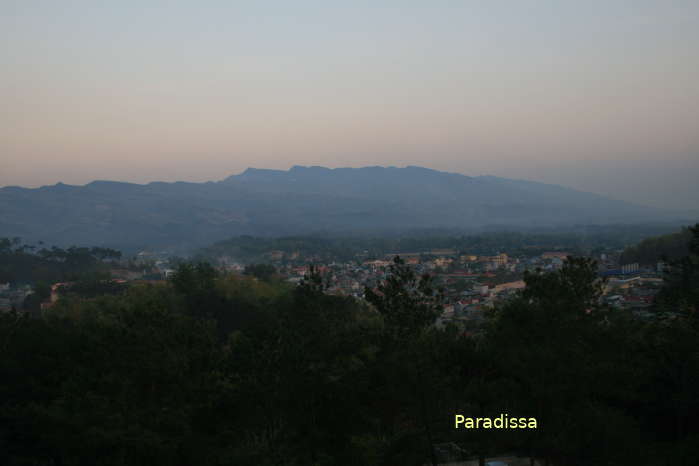
8/ Dien Bien Phu Battle
8.1 Troops Deployments
From November 20th, 1953, Navarre started Operation Castor to build the staging area of the hedgehog at Dien Bien Phu. By the end of November, most of over 16,000 French troops had been deployed at Dien Bien Phu and ready for combats. On the Viet Minh side, General Giap also deployed 5 divisions to the surrounding hills of the Muong Thanh Valley including the Heavy Division of 351st which included heavy guns and anti-aircraft artillery.
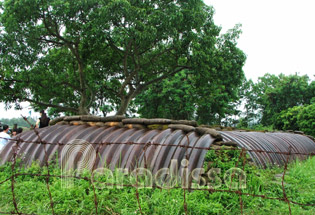
French commander's post at Dien Bien Phu - Vietnam
8.2 Development and Conclusion of the Battle of Dien Bien Phu
The famous Dien Bien Phu Battle started on March 13th, 1954 at 5:00 P.M when Viet Minh opened its surprising barrage of artillery into the French camps. French couldn't locate Viet Minh's artillery since all was well camouflaged in shell-proof bunkers and Viet Minh artillery fired point-blank into the French positions.
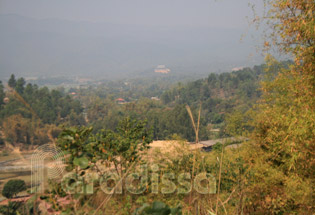
Him Lam Hill (Béatrice, Looking west to Doc Lap Hill)
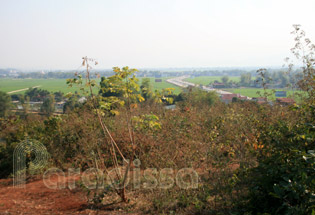
Doc Lap Hill (Gabrielle, Looking south onto the road to Laos)
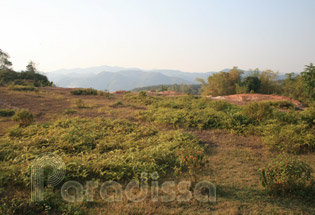
Ban Keo Hill (Anne - Marie)
The French artillery commander, Colonel Charles Piroth, who had claimed to muzzle Viet Minh's artillery from the first round if there was any, committed suicide in his bunker (near the Muong Thanh Bridge) due to his inability to launch counter-fire. After 2 months of fierce fighting with artillery attacks, infantry attacks, trench war, exploding mine-shaft...the Viet Minh overran all the French positions at Dien Bien Phu bringing the battle to an end.
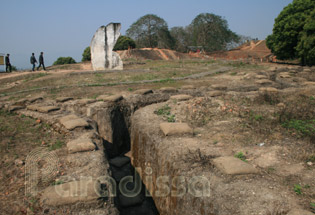
A1 Hill (Éliane 2)
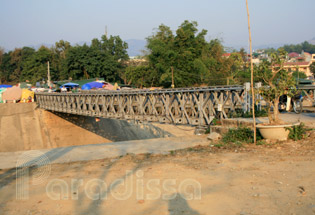
Muong Thanh Bridge
As Dien Bien Phu battles drew to the end, the Geneva Accords were signed by the involving countries resulting in the departure of the French from Indochina and the temporary division of Vietnam into: Democratic Republic of Vietnam (North Vietnam) and the Republic of Vietnam (South Vietnam). The Geneva Accords put the First Indochina War to an end and failed to bring peace to Vietnam, but it helped to start a new war: the Second Indochina War. The Vietnamese would keep on fighting for the next 20 years....
Dien Bien Average Monthly Rainfall and Temperatures



